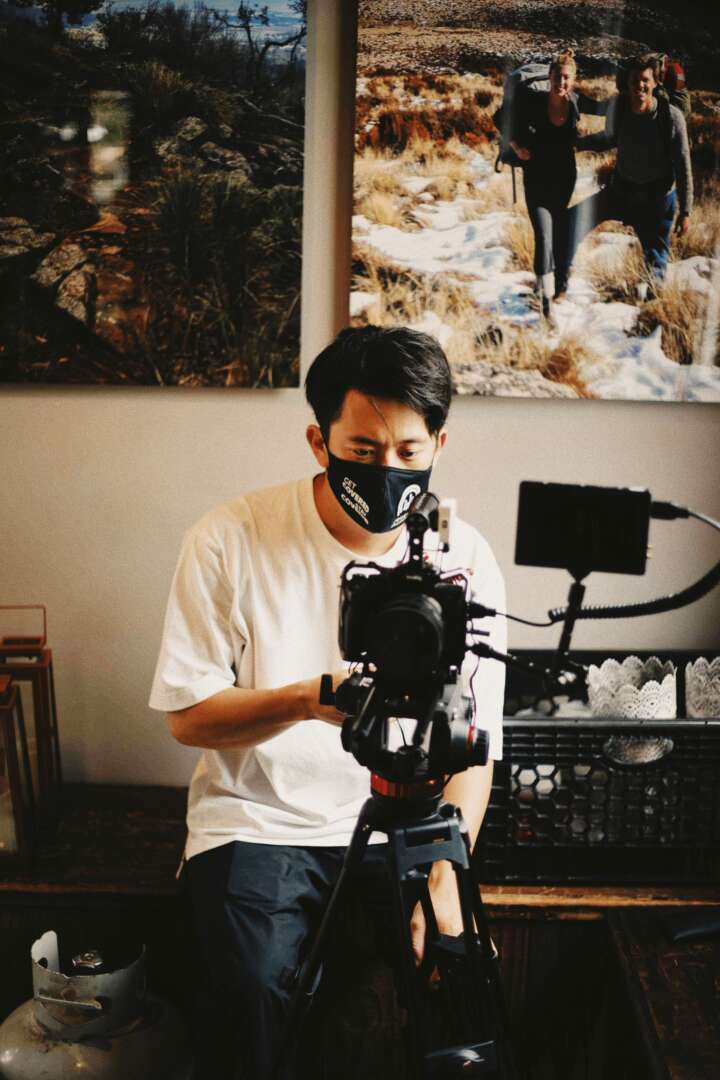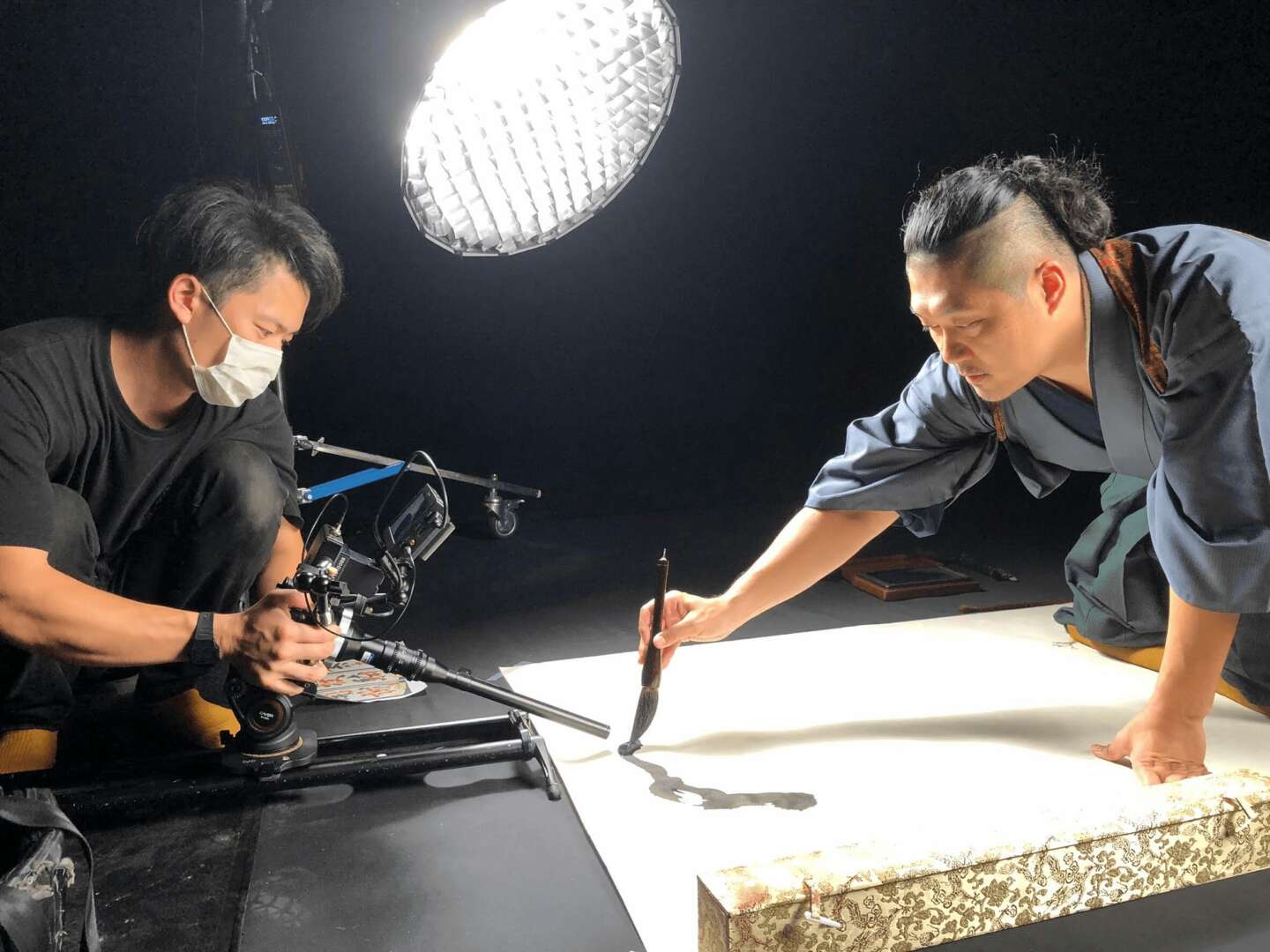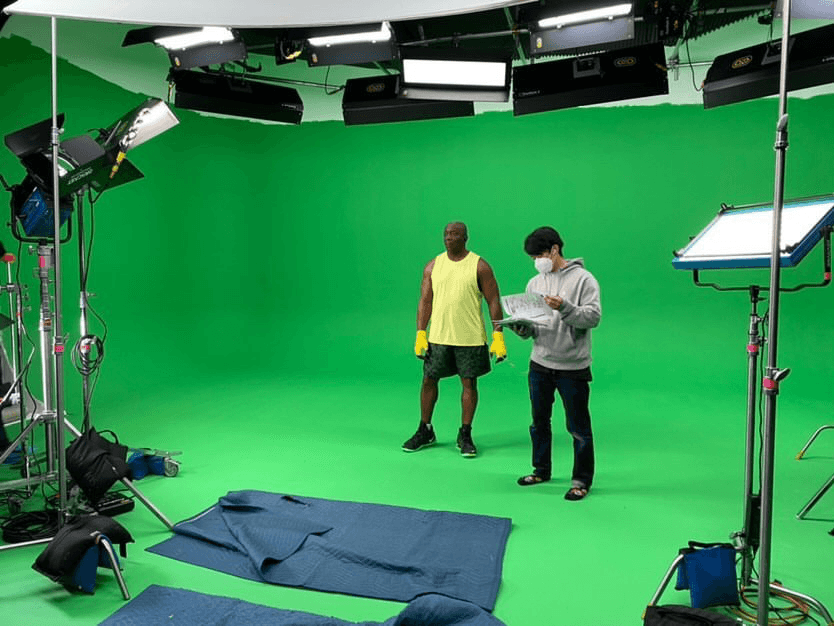We recently connected with Ken Honjo and have shared our conversation below.
Alright, Ken thanks for taking the time to share your stories and insights with us today. Can you talk to us about a project that’s meant a lot to you?
In Japan, there is a saying, “ichi-go ichi-e,” which means that each moment is a once-in-a-lifetime experience and should be cherished. This idea comes from the world of tea ceremony, but it also applies to filmmaking, as no two films are ever the same. The work I take on is always different, and because of this, I treat each filmmaking project as a precious, once-in-a-lifetime experience.
I think I have a short attention span. When I was in university, I worked at a sushi restaurant making sushi, and I thought, “I like cooking, but I don’t want to do it as a job.” Filmmaking is the exact opposite of the food industry, where you have to make the same thing every day for customers who come for the same taste.
I started working as a freelance video director before the COVID-19 pandemic. Every time I get a new inquiry, I start by learning what the client wants to convey and the story they want to tell through the video.
Next, I develop a style of filmmaking that matches the characteristics of the story and move on to the actual production work. Although I use expensive equipment, costumes etc, what I consider most important is the very first step: understanding the story.
The role of a director is that of a “transmitter,” someone who conveys the stories they have learned to others. The director’s job is to visualize the client’s story and deliver it to the audience. If there are 100 clients, there are 100 stories.
As a Japanese creator, I have been involved in various projects in both America and Japan. Among them, I have learned particularly many stories related to Japanese culture and technology. Looking back, if I hadn’t been involved in this job, I don’t think I would have known much about my own country.
For example, very few people can explain how sake is made. Here’s how the process went for a sake brand I worked on in the past. Before the shoot, I learned the entire process of sake making. I was taught the history and particularities of the brewery before beginning filming. In the brewery, I wore a hair cap and changed into sterilized slippers before entering the work area, where I filmed up close the process of loosening the hot rice that comes out of a large steamer. This is an experience that would be impossible in everyday life.
When buying sake, you rarely have contact with the makers or the process. I get to experience the field of sake making, capturing the passion and effort of the makers in my films, and convey the story of sake to people like me who knew nothing about it. I said that conveying stories is the director’s job, but being able to learn such deep and profound things myself is an honor beyond measure. This is the essence of “ichi-go ichi-e.”
In the past, Japan had traveling musicians called biwa hoshi. They shared the stories they encountered on their journeys through songs accompanied by the biwa, a traditional Japanese lute. What I am doing now is just like the biwa hoshi. I learn the stories of the people I meet as my life unfolds and convey them to others through filmmaking. Although the times and media have changed, I take pride in being able to live as someone in such a position.

Awesome – so before we get into the rest of our questions, can you briefly introduce yourself to our readers.
I am a Japanese video director. After graduating from the University of California, San Diego, I joined a film production company in Los Angeles. I mainly worked on the production of commercials and music videos, eventually being promoted to producer. Seven years later, I left to debut as a freelance video creator. Based primarily in Los Angeles, I produce commercials, music videos, and documentary films. Although I was born and raised in Japan, thanks to my experience in the American film industry, I was able to become a bilingual creator. While I mostly work as a director, I also sometimes serve as a bilingual assistant director overseeing filming locations or as a bilingual editor for cross-border projects. It’s my pride to represent Japan and work in the United States. Those who commission me for video production say they appreciate my work. While I also sometimes like my own work, I still consider myself a novice.

Do you think there is something that non-creatives might struggle to understand about your journey as a creative? Maybe you can shed some light?
For those who want to create videos for their business, many simply desire to produce videos without knowing how to effectively utilize them or where and how to showcase them. When I receive requests, I always ask, “Where, to whom, and in what format do you want the video to be presented?” Without these elements, it’s challenging to create a video. Advertising videos are promotional materials, so it’s crucial to understand how consumers of the product or service will interact with the video and design the video production accordingly, working backward from there.
Especially now with various social media platforms, videos come in not only landscape but also portrait orientations. Some videos are even shorter than 10 seconds. Planning for these considerations requires collaboration between the client and the creator.

Any stories or insights that might help us understand how you’ve built such a strong reputation?
For those who have no experience in video production, the cost of making a video is often unimaginable. It’s common to receive estimates that are far higher than expected. However, video production isn’t cheap. As a creator, it’s challenging to convey this reality, but there are expenses involved.
So, how does one manage to fund the necessary costs, create the desired video, and make it viable as a business? Honestly, I’m not entirely sure myself (laughs). Nevertheless, I somehow manage. Why? Because there are people who appreciate the videos I create. I believe it’s their appreciation that leads to inquiries.
I do set a daily rate, but sometimes I accept jobs that aren’t financially rewarding. In such cases, I think like this: “If the video remains, that’s what matters. Use that video to secure the next job.” During the COVID-19 pandemic, for instance, I once made a video for a friend’s business for just $50. Its content was worth several thousand dollars, but I only made $500 for producing 10 videos. Considering the workload, it wasn’t much. However, that job led to other opportunities, resulting in tens of thousands of dollars in profit. Despite being almost free, those videos endure. Those videos were truly priceless.
Contact Info:
- Website: https://www.ken-honjo.com
- Instagram: https://instagram.com/kenhonjo
- Linkedin: https://www.linkedin.com/in/kenhonjo/




